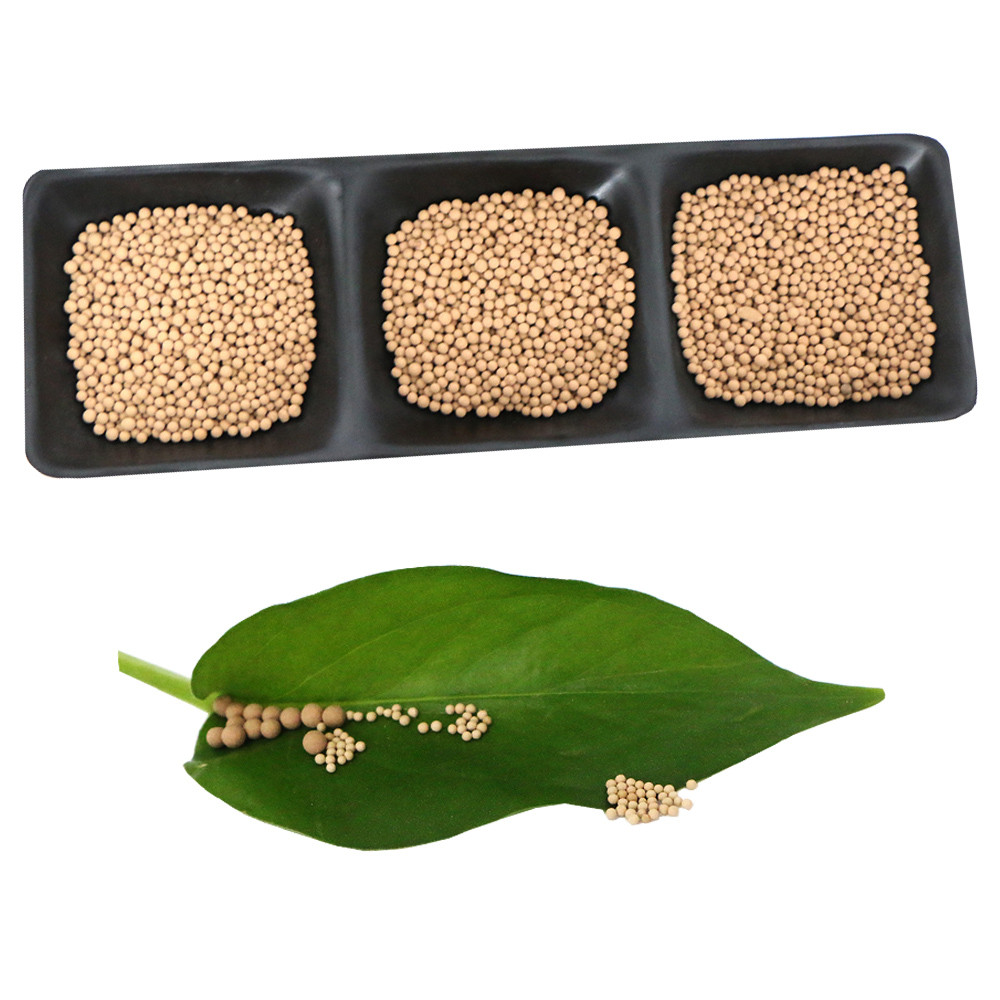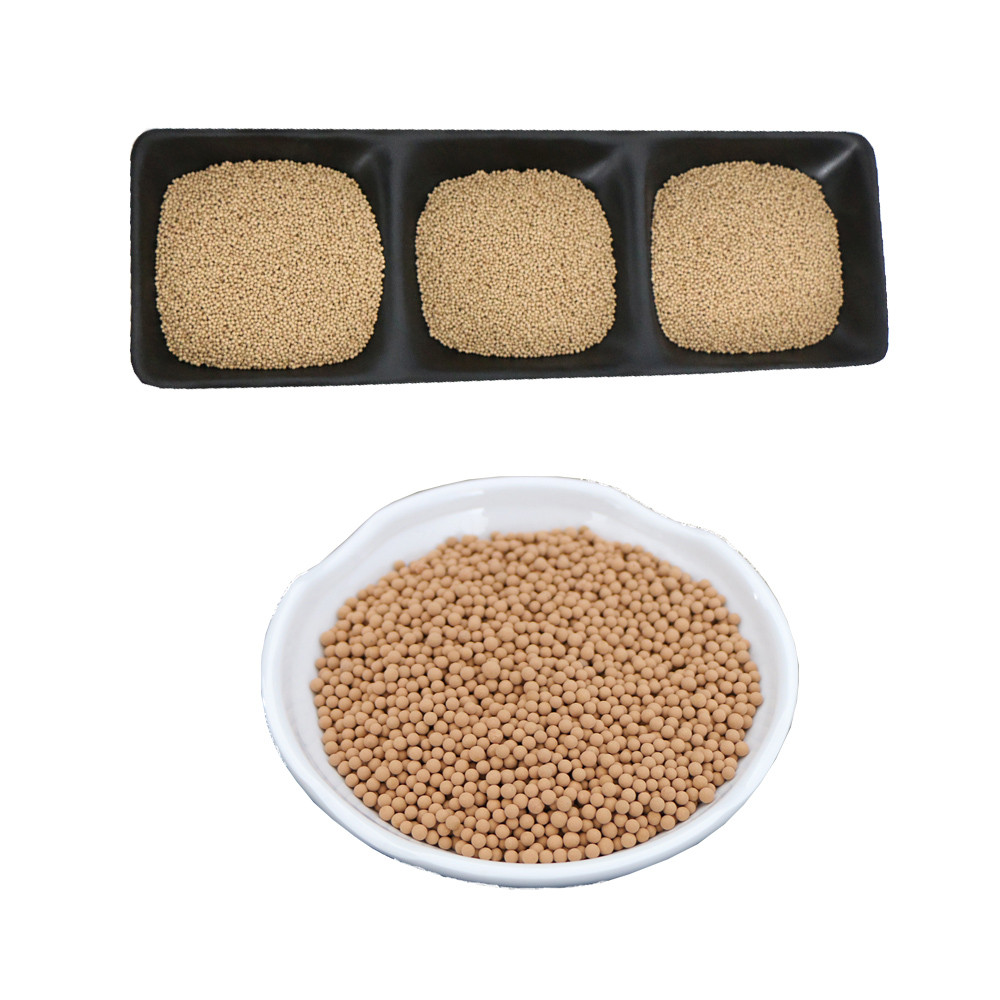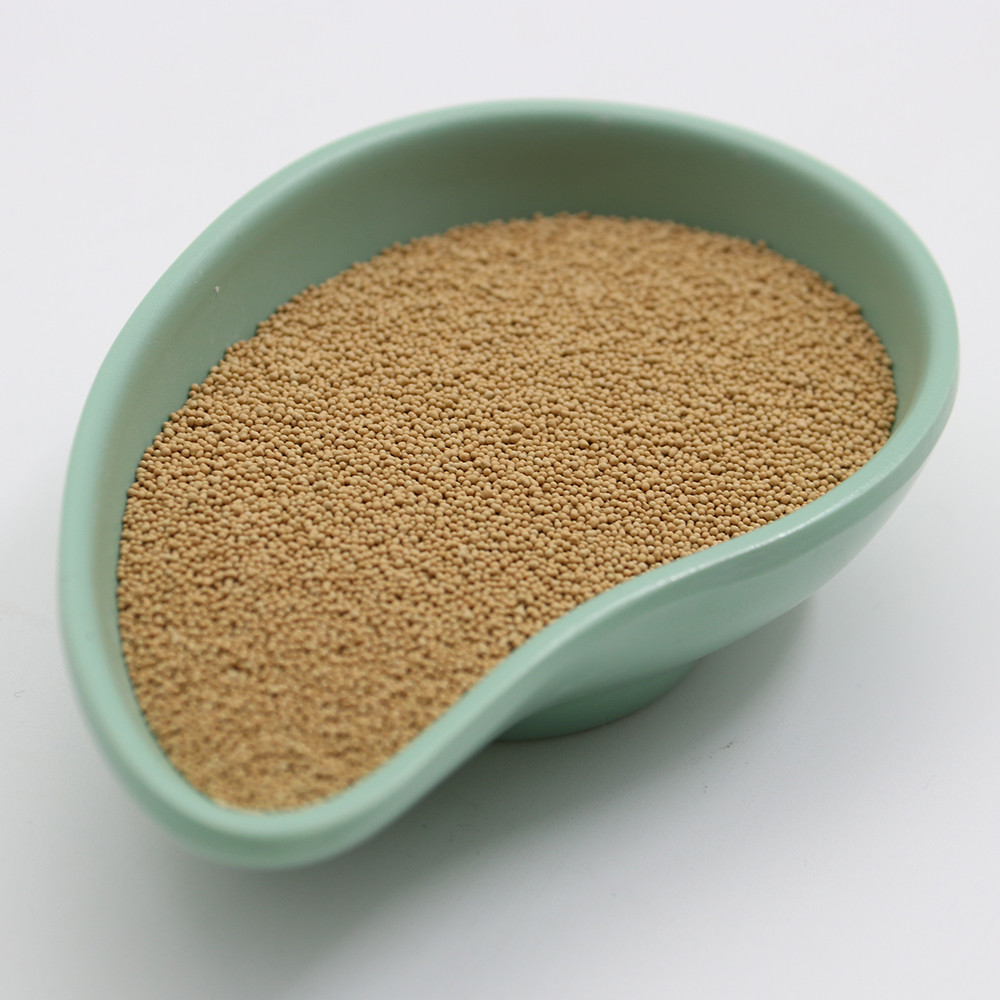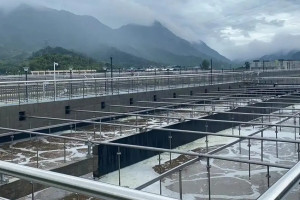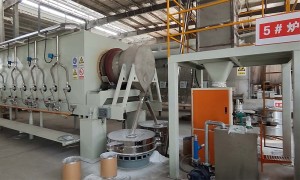The Role of Molecular Sieves in Insulating Glass
Key Functions of Molecular Sieves in Insulating Glass
Moisture Absorption: By adsorbing moisture, molecular sieves prevent the formation of condensation and fogging between the glass panes, which can degrade the insulating properties and clarity of the glass.
Longevity: The use of molecular sieves extends the lifespan of insulating glass by preventing chemical reactions that can lead to the deterioration of the seal over time.
Types of Molecular Sieves Used in Insulating Glass
Type 3A: Effective for the removal of water vapor, this type is commonly used in insulating glass units.
Type 4A: Offers a higher capacity for water vapor adsorption compared to Type 3A and is used in environments with high humidity.
Type 5A: With a larger pore size, this type is used for applications requiring the adsorption of larger molecules or where faster kinetics are needed.
13X: Known for its high selectivity and capacity for water vapor, it is used in specialized applications where extreme moisture control is necessary.
Benefits of Using Molecular Sieves in Insulating Glass
Enhanced Thermal Efficiency: By keeping the gas space dry and free of impurities, molecular sieves help insulating glass maintain its thermal resistance.
Improved Acoustic Insulation: The dry environment provided by molecular sieves contributes to better soundproofing properties.
Durability: The inclusion of molecular sieves in insulating glass units results in a more durable product that requires less maintenance.
Environmental Benefits: The use of molecular sieves in insulating glass contributes to energy savings and reduced environmental impact.

